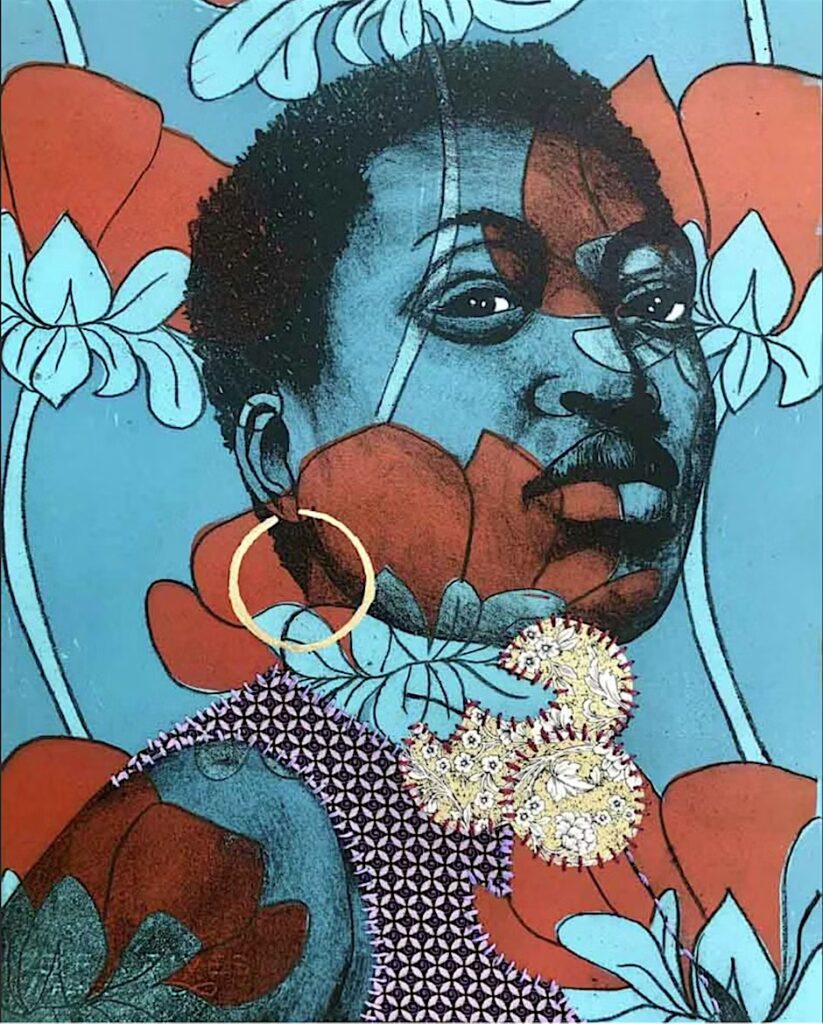Collecting is an act of care, a means of shaping history, and a declaration of presence. Beyond Frames: Celebrating and Empowering Black Women Art Collectors is a one-day gathering designed to inspire and equip Black women with the resources, knowledge, and strategies to build and sustain meaningful art collections.
Held in alignment with the Beyond Frames exhibition, this symposium brings together collectors, artists, scholars, and cultural leaders to explore the impact of Black women in shaping Chicago’s art landscape. Through a keynote address, panel discussions, and a hands-on writing workshop, we will examine themes of stewardship, legacy, relationship-building, and the evolving role of collecting in Black cultural preservation.
Program Highlights:
- Keynote Address – The Power of Collecting, The Responsibility of Remembering by Christina Steed
- Panel Discussions – Exploring the role of collecting in cultural preservation, personal storytelling, and market navigation
- Writing Workshop – Collecting as Legacy with Rhonda Wheatley
- Community Engagement – A space to connect with fellow collectors, artists, and cultural leaders
Beyond Frames celebrates the powerful voices of Black women in Chicago who are at the forefront of collecting art from across the African diaspora, shaping and preserving Black cultural heritage. Featuring works from fifteen local collections, this exhibition explores the personal motivations and evolving journeys of each collector. It highlights the essential role these collections play in elevating Black artists, broadening access to African American art, and inspiring future generations of Black art collectors. By showcasing their unique contributions, Beyond Frames emphasizes the lasting impact of these collections on national conversations about Black art, culture, and legacy.
Exhibition curated by Bethany Hill and rachel dukes.
Image Credit: I Look for You, 2019, relief printing, stipple pencil, acrylic, lithography, liquid gold leaf, decorative papers, fabric, hand stitching, 15” x 20” (framed). From the collection of Patricia Andrews-Keenan.




